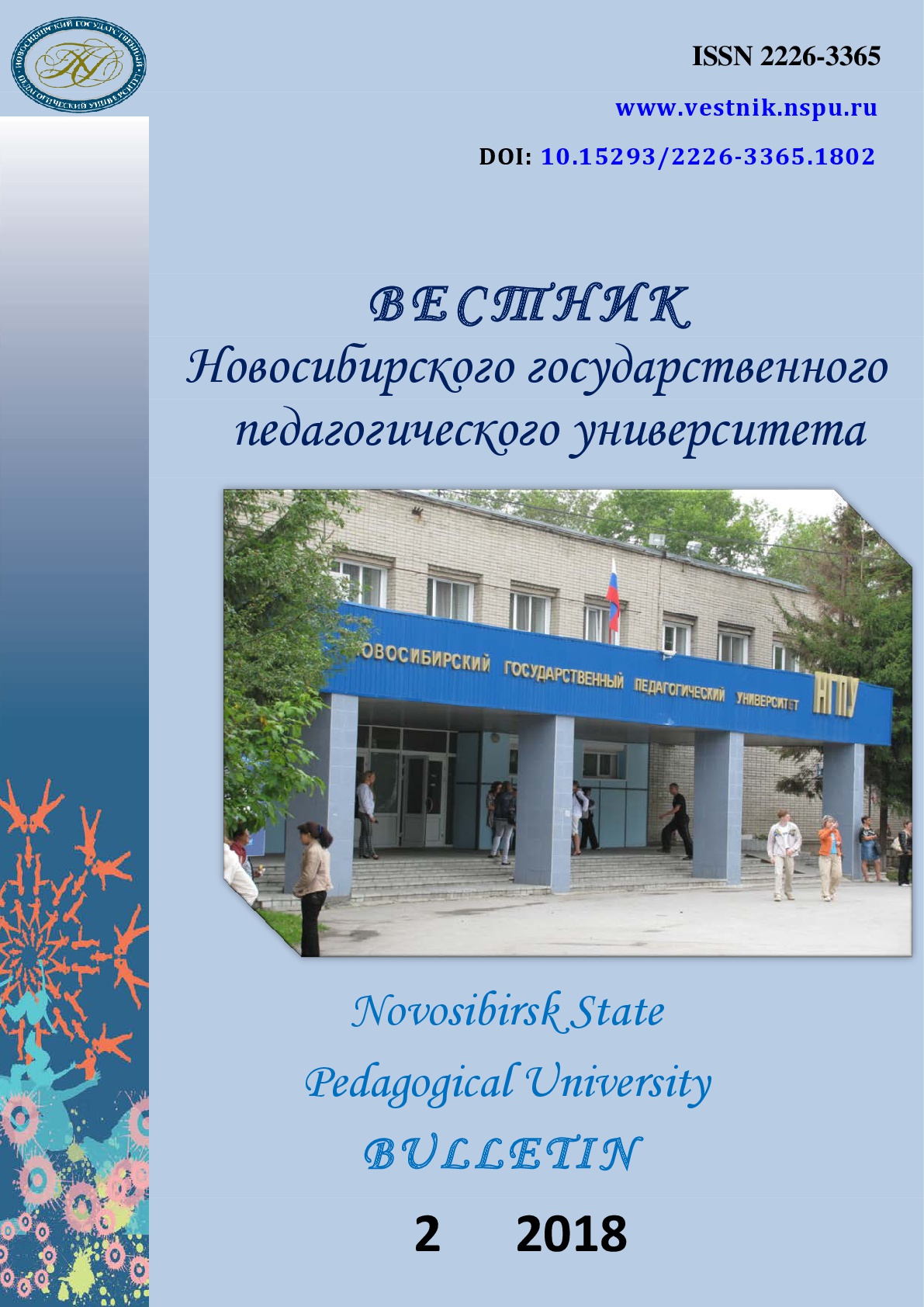Реконструкция миросистемного подхода в контексте интеграционных процессов современной Евразии
Reconstruction of the world-system theory in the context of the integration processes of modern Eurasia
Author(s): Andrei Alexandrovich Obukhov, Nikita Vladimirovich GolovkoSubject(s): Supranational / Global Economy, International relations/trade, Geopolitics
Published by: Новосибирский государственный педагогический университет
Keywords: New Silk Road; China; Integration Processes; World-System Analysis; Geopolitics; Geo-economics;
Summary/Abstract: Introduction. Immanuel Wallerstein's world-system theory is one of the most well-known macrosociological paradigms describing the phenomena and structures of historical dynamics. The article aims to generalize the Wallerstein's results on the basis of the analysis of geopolitical and geoeconomic interstate integration within the framework of contemporary Eurasia. The first notion to reconsider is the concept of the "core" of the world system which is analyzed in the context of the "duocentric" model of geopolitics that has been formed in the last few years by the special political role played now by the United States and China. Materials and Methods. The methodological basis of the study is the concept of the "world-system" by I. Wallerstein. We understand the concept of the "world-system" as a research program by I. Lakatos and analyze its positive heuristics, putting forward auxiliary hypotheses that suggest a "more complex" model of "reality", in order to show the progressive nature of the concept of the "world-system" as a program. As the main "empirical basis", the foundations and prospects for the development of the international political and economic systems are considered, strategically following the three main integration projects in the region, – the development of the Eurasian Economic Union, the Shanghai Cooperation Organization, and China’s "One belt, one road" comprehensive project. Results. The possibility to expand the concept of the "world-system" is demonstrated owing to the concept of the simultaneous existence of several "cores" within the framework of one world system. The new "expanded" model of the world-system is aimed to take into account the gravitation of individual states to these or those global "centers of power" and, according to the authors, is able to more profoundly show, first, that the geopolitical place and strategies of those states that are clearly do not fall into this or that basic category of the "one-core" model (Australia, Switzerland, Scandinavian countries, etc.), and secondly – to present the process of Eurasian integration as a "network project" which takes into account "inter-civilizational" interaction – an interaction between states which are included into the "spheres of influence" by different "centers of power". Conclusions. The complexity of describing the processes of global integration is related to the fact that each participating state should be represented as a subject of a rather complex ontology. In this sense, the proposed concept of the "n-core" model of the world-system grasps, in our opinion, one of the most important features of the landscape of the described interaction of states – its multipolarity. None of the states, even those which are a part of or solely the core of the world system, are free from being subject of influence from another "center of power", the formation of which can be ensured by the fact that even those states that traditionally make up the "periphery" can organize or be involved in various integration processes.
Journal: Вестник Новосибирского государственного педагогического университета
- Issue Year: 8/2018
- Issue No: 2
- Page Range: 173-187
- Page Count: 15
- Language: Russian

